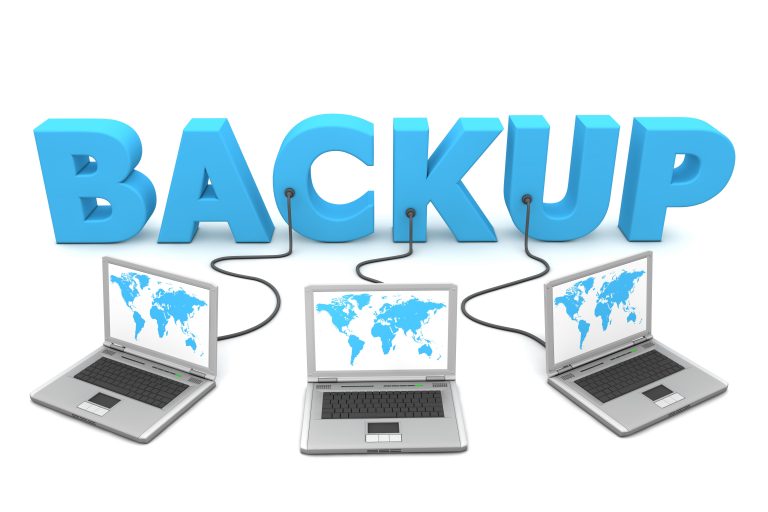
The user’s working files are the first of the 3 copies of their data. With a 3-2-1 data backup strategy, you have 3 copies of data, backed up to local and cloud locations to ensure you always have valuable data accessible to restore from regardless of natural disasters. Unfortunately, this lack of geographical redundancy leaves both the original data and the on-site backups vulnerable to any location-based disaster. Many businesses keep their backups on external drives or an on-premises server. While desks and chairs can be readily replaced by insurance, destruction of important data like customer lists, financial information, product roadmaps, and intellectual property is much harder to recover from. Natural DisastersĪccording to FEMA, around 25% of businesses close their doors after a natural disaster. While we can’t always protect users from these unfortunate occurrences, backing up user data without getting in the user’s way significantly minimizes the negative repercussions. These scenarios seriously damage reputations, and trust, and business continuity. Imagine the financial impact to the world’s leading soda brand if their secret recipe was deleted. Additionally, there can be far more serious consequences when important intellectual property is lost or customer data is compromised. Trying to recreate that nearly-finished slide deck or customer project is both frustrating and presents opportunity cost in the way of new work being completed. Whether a user accidentally deletes something important, their hardware gives up the ghost, or a laptop gets left on the subway, data loss can have serious productivity and brand impacts to a business. Therefore, having secure backups of important data gives power back to business owners and prevents them from needlessly incentivizing cybercrime. When ransomware strikes, the damage is already done. It also encourages perpetrators to target more victims and offers an incentive for others to get involved in this type of illegal activity.” The FBI advises that “paying a ransom doesn’t guarantee you or your organization will get any data back.

This is one reason cybercrime experts recommend victims don’t pay a ransom. Regardless of the reason they were targeted, a business locked out of its data has no guarantee that making a cryptocurrency payment to an anonymous address will result in them getting their data back.
SMALL BUSINESS DATA BACKUP SOFTWARE
Ransomware is a form of malicious software (malware) that hijacks your data and holds it hostage until you pay a fee to the perpetrators. For most businesses, they fall into three categories: ransomware, user error, and natural disasters. The first step, as the saying goes, is to “know thy enemy.” And in the case of data protection, that means understanding your most likely causes of data loss. A 3-2-1 data backup strategy provides comprehensive data loss protection from threats that would drastically affect a business’s bottom line.

While humankind will never tame all the natural disasters, snare every hacker, or create an un-losable laptop, what we can do is have a plan. Why companies need 3-2-1 plans: biggest data-loss threats


 0 kommentar(er)
0 kommentar(er)
